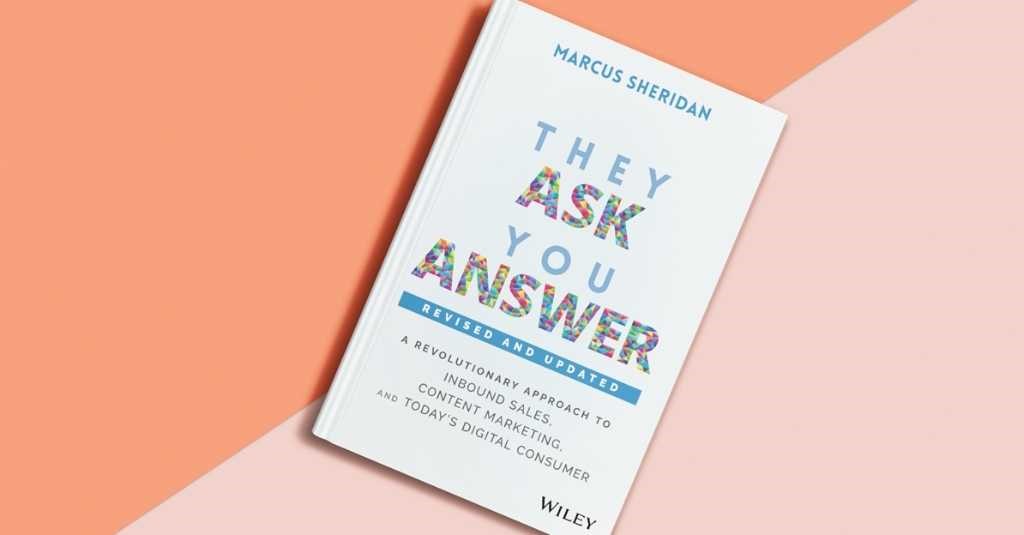If you’ve heard about the HubSpot Commerce Hub, you’re probably excited about the prospect of integrating commerce capabilities with your existing HubSpot tools. And if you haven’t heard about it, then you probably want to know how to make the most out of your HubSpot investment with this new tool. In this article, you’ll learn all about the new HubSpot Commerce Hub and how to get started with the new tool.
With all the new updates HubSpot brings out, it wouldn’t be surprising if you felt hesitant about whether or not HubSpot’s Commerce Hub will fit your specific needs.
Here’s the thing: we don’t know everything about HubSpot Commerce Hub yet, because, well, it hasn’t been released to the public just yet.
But we do know enough to run through the features and benefits it has, and we can show you how to get started.
On top of that, you’ll learn about other HubSpot updates on the horizon so you can take full advantage of your HubSpot Suite.

Let’s get started.
**Note that at this stage we do not have information on the pricing of HubSpot Commerce Hub.
What is the HubSpot Commerce Hub?
How can you actually track revenue within the HubSpot platform?
Sure, you’ve got attribution reports (like the one below), but these are theoretical.

But what does this actually mean?
Well first off, it’s going to make billing much easier. You’ll be able to automate billing tasks using HubSpot workflows, and you’ll be able to sync up and utilise your CRM data for these billing tasks.
Users can do this all directly through HubSpot Commerce Hub itself, or they can use a Stripe account for all payment activity.
This is going to impact you in four ways:
1. It Makes HubSpot More Than Just a Marketing, Sales and Service Tool
Now, it’s going to become your all-in-one tool for marketing, customer acquisition, and payment fulfilment. This may save you significant costs in having to use multiple software.
2. It Makes Everything Easier
Because everything is in one place, you don’t have to go anywhere else. HubSpot was already the king (or Queen) of centralisation, but this is taking it to the next level.
3. It Takes Revenue Reporting to a Whole New Ball Game
Before, you could report on revenue by pulling revenue data from HubSpot deals. This data was theoretical, since it didn’t measure when or if the money associated to the deal hit your bank account.
However, now you’ll be able to report on not just how much money you’re theoretically bringing in and where that came from, but also when that money comes in and how long it takes the bill to be sent after the deal has been closed.
That means you’ll be able to find out:
- Not just how good your sales team is at closing deals, but how good your post-sales process is at getting the money into your bank account
- The performance of your accounting team, by measuring the time it takes them to send a bill after the deal has been closed
- The strength of the processes of communication between the sales and accounting teams. Do sales communicate deal information to accounting effectively? Hint: with this update, you might be able to automate this process completely.
And this is just the beginning. Remember – we haven’t gotten our hands on this new piece of software yet, so if we already know we can do this much without even touching it, imagine what we’ll be able to do when we get our hands dirty.
This is going to be a gamechanger and you need to get on top of this if you want to make the most out of your HubSpot Suite.
4. It Saves You and Your Team Significant Amounts of Time
With HubSpot Workflows, you’ll be able to automate your billing process, saving your team time, meaning you can either save resources or you can allow your team to focus on more strategic tasks than just billing.
On top of this, because you will have access to your entire CRM and Deals, you’ll be able to create workflows that connect Deals, CRM Contacts, and Billing / Invoices.
How to Get Started with HubSpot Commerce Hub
If you’re a paying HubSpot customer (even at the Starter level), you can join the waitlist here to get access first as soon as it comes out.
If you’re not a HubSpot customer, or if the above link didn’t work for you, try signing up here to HubSpot Commerce Hub.
Other HubSpot Updates on the Horizon – SMS Marketing
With the new updates rolling out, it’s clear that HubSpot really is becoming the all-in-one software for B2B businesses.
In the past, when it came to SMS Marketing, businesses would have to use integrations to use these features in unison with HubSpot. This worked as a solution, but wouldn’t it be more convenient (and probably more beneficial) if HubSpot did this within its own platform?
At the INBOUND Conference in Boston, we got a glimpse of their plan to finally roll out their own SMS Marketing Features.
These features will be an add-on service available for Marketing Hub Pro or Enterprise customers.
This is a glimpse of what SMS Marketing will look like in HubSpot.
However, one thing to keep in mind is that it’s pricey. The cost is $75 per month and an additional $15 per month for each limit increase of 1000 more message segments.
There also are some limitations (especially for Australian businesses with Australian customers) – for example the tool is currently only able to send messages to U.S. based numbers. In saying this, it isn’t likely that this will always be a limitation.
You can access information on the new HubSpot SMS Marketing tool here.
So, What’s Next?
Join the waitlist for the HubSpot Commerce Hub if you haven’t already.
Not a HubSpot user? Learn about whether it’s worth investing in HubSpot for your business.












